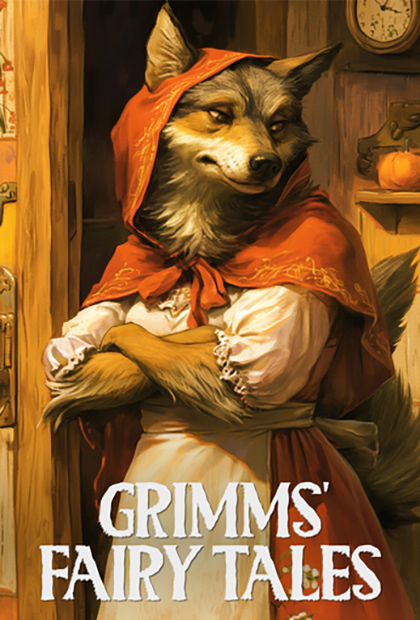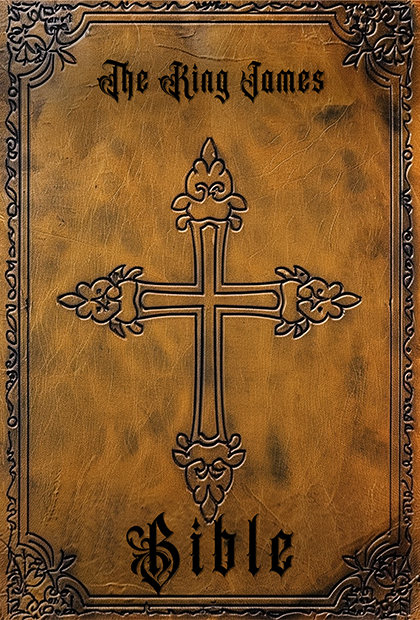Publisher - Book.io
“The Philosophy of Beards” by Thomas S. Gowing is a whimsical exploration of facial hair that transcends mere grooming advice to delve into the deeper cultural and philosophical significance of the beard. Gowing, a Victorian-era advocate for the beard, presents a spirited defense of facial hair as a symbol of masculinity, intellect, and individuality. Through witty anecdotes and historical anecdotes, Gowing celebrates the beard as a timeless symbol of rebellion against societal norms… Read More
“What Is Property?” by Pierre-Joseph Proudhon is a foundational work in political philosophy, challenging conventional notions of ownership and advocating for social equality. Published in 1840, it sparked debates on property rights and economic justice.
Read More
In “A General View of Positivism,” Auguste Comte lays the groundwork for a new approach to understanding society, emphasizing the importance of scientific inquiry and empirical observation in the pursuit of knowledge. His ideas continue to shape the fields of sociology and philosophy, inspiring generations of scholars and thinkers to explore the complexities of human society through a scientific lens.
… Read More
The Federalist Papers also known as The Federalist, comprising of 85 articles and essays, were written by Alexander Hamilton, James Madison, and John Jay between 1787 and 1788. These essays, published under the pseudonym “Publius,” aimed to promote the ratification of the United States Constitution. Addressing various aspects of government structure and individual rights, the papers serve as a foundational text in American political thought.
… Read More
The first edition of Webster’s Dictionary, known as “An American Dictionary of the English Language,” was published in 1828 by Noah Webster, an American lexicographer, grammarian, and language reformer.
Read More
In Mark Twain’s timeless novel “The Adventures of Tom Sawyer,” readers are thrust into the lively world of a mischievous young boy named Tom Sawyer. Set in the fictional town of St. Petersburg, Missouri, along the banks of the Mississippi River, the story unfolds as Tom embarks on a series of daring escapades and thrilling adventures. From whitewashing a fence to searching for buried treasure, Tom’s exploits captivate readers and offer a glimpse into the carefree days of … Read More
“The Story of Eclipses” by George Chambers delves into the captivating celestial phenomena of eclipses, offering readers a comprehensive exploration of these awe-inspiring events. Chambers, renowned for his expertise in astronomy, provides a detailed account of the scientific principles behind eclipses, unraveling the mysteries of these celestial occurrences with clarity and precision.
… Read More
Bram Stoker’s “Dracula” presents a chilling narrative that grips readers with its evocative prose and haunting atmosphere.
First published in 1897, it is a seminal work of Gothic horror literature that has left an indelible mark on the genre. The novel unfolds as an epistolary narrative, composed of journal entries, letters, and newspaper clippings, offering readers a chilling firsthand account of the terrifying events that unfold.
… Read More
Hermann Hesse’s “Siddhartha,” published in 1922, remains a timeless testament to humanity’s universal quest for self-discovery and spiritual fulfillment.
In ancient India, Siddhartha, a young Brahmin, sets out on a journey for enlightenment and fulfillment. Along the way, he encounters diverse teachings, experiences, and mentors, shaping his evolving comprehension of existence and reality.
… Read More
In Edgar Rice Burroughs’ science fiction masterpiece, “A Princess of Mars,” readers are transported to a captivating world of adventure and intrigue. Set on the exotic and mysterious planet of Barsoom (Mars), the novel follows the remarkable journey of John Carter, a Confederate veteran who finds himself mysteriously transported to the red planet.
Read More
Apuleius wrote “The Golden Ass,” also known as “Metamorphoses,” an ancient Roman novel in the second century AD. The story follows Lucius, a young man who, after experimenting with magic, transforms into a donkey. This transformation leads Lucius on whimsical adventures where he encounters diverse characters and experiences both humor and profundity.
Read More
Magna Carta, Latin for “Great Charter,” is a foundational document in English constitutional history. It was signed by King John of England at Runnymede on June 15, 1215, under pressure from rebellious barons seeking to limit the monarch’s power.
Read More
“Little Women” by Louisa May Alcott is a timeless classic that has enchanted readers for generations. Published in 1868, this beloved novel follows the lives of the four March sisters—Meg, Jo, Beth, and Amy—as they navigate the trials and triumphs of adolescence in Civil War-era New England.
Read More
The United States Constitution is the foundational legal document that establishes the framework for the American government and outlines the rights of its citizens. Drafted during the Constitutional Convention in Philadelphia in 1787, it was ratified by the states in 1788 and went into effect in 1789.
Read More
“The History of the Decline and Fall of the Roman Empire” by Edward Gibbon is a monumental work that traces the history of one of the most significant civilizations in human history. Spanning six volumes, Gibbon’s magisterial narrative offers a comprehensive examination of the rise, zenith, and eventual collapse of the Roman Empire.
Read More
“The Art of Money Getting” is a book written by P.T. Barnum, the famous American showman and businessman, also known for founding the Barnum & Bailey Circus. Originally published in 1880 under the title “The Art of Money Getting, or Golden Rules for Making Money,” this book offers insights and advice on achieving financial success and prosperity.
Read More
“A General History of the Pirates” also known as “A General History of the Pyrates” was written by Captain Charles Johnson, although the true identity of the author remains uncertain. The book was first published in 1724 under the title “A General History of the Robberies and Murders of the Most Notorious Pyrates” and is a comprehensive account of various pirates and their exploits during the “Golden Age of Piracy” in the late 17th and early 18th c… Read More
“Grimms’ Fairy Tales,” compiled by the renowned brothers Jacob and Wilhelm Grimm, this beloved anthology brings together a treasure trove of German folklore and fairy tales. Originally published in 1812 as “Children’s and Household Tales,” the collection showcases a rich tapestry of oral traditions passed down through the ages.
Read More
Harold Wheeler’s “The Story of Napoleon” presents a thorough biography of the renowned French military commander, Napoleon Bonaparte.
Napoleon Bonaparte was a towering figure in European history, known for his military prowess, strategic brilliance, and ambitious political endeavors.Throughout the book, Wheeler guides readers through Napoleon’s life, tracing his origins, ascent to authority, and eventual decline.
… Read More
“Just So Stories” is a collection of whimsical and imaginative children’s stories written by Rudyard Kipling, first published in 1902. The book is notable for its engaging storytelling and inventive explanations for the origins of various phenomena in the natural world.
Read More
“North and South” is a novel written by Elizabeth Gaskell, first published in 1855. It is set in the fictional industrial town of Milton in northern England during the 19th century and explores the social and economic differences between the industrial North and the agricultural South of England.
Read More
The King James Bible (KJV), also referred to as the Authorized Version (AV), is a classic English translation of the Bible. Commissioned by King James I of England and first published in 1611, it has had a profound impact on English literature and religious worship.
Read More
“Ten Days That Shook the World” is a book written by the American journalist and socialist John Reed. It provides an eyewitness account of the October Revolution in Russia, which led to the establishment of the Soviet government.
Read More
























